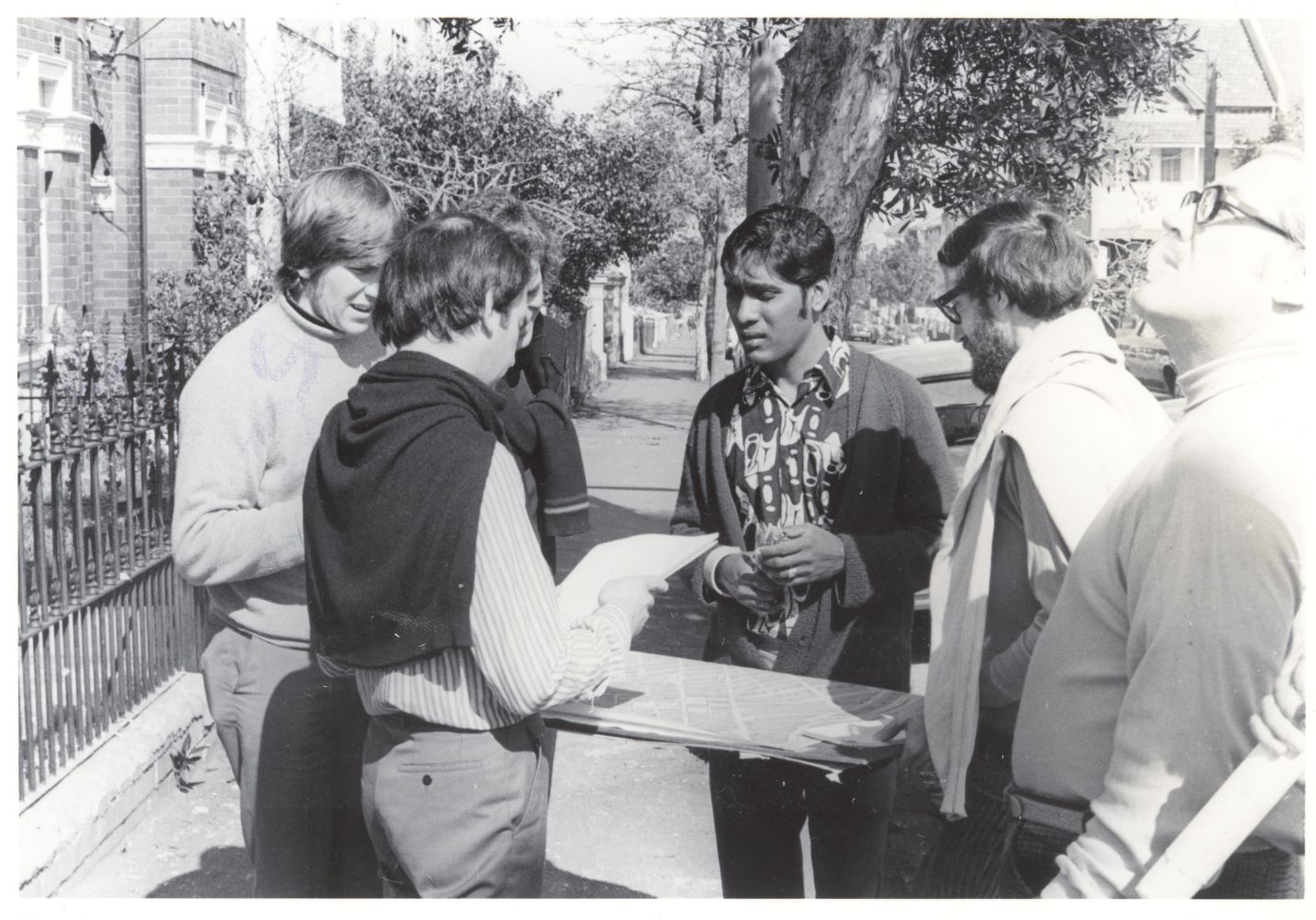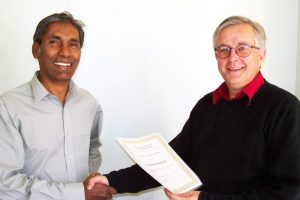
by Ian Stephenson, President, Bulletin 6/2023, August
The Society is delighted to have received a substantial donation in memory of Peru Perumal. Peru was elected our President in 1972 (the third after Bernard Smith and Sam Colon) and was a major figure in the conservation of Glebe.
He worked with Tony Strachan on the planning committee and in 1974 helped prepare the submission to the National Trust to classify Glebe as an urban conservation area. Fifty years ago when built conservation focused on item level listings, rather than urban context, this was a groundbreaking approach and the key to protecting character. It was not until the early 1980s that Glebe’s heritage conservation areas achieved statutory protection. We owe it to Peru and his colleagues that our heritage conservation areas have such good documentation which provides clear guidance as to why an area is significant and how to protect it while managing change. Despite this it is still not uncommon in development applications to come across the argument that a building is only a Contributory item and therefore is not important, so we need to continue Peru’s work in educating people about the value of heritage.

In the late 1970s Peru was employed by the Federal Government to advise on the conservation of the houses in the church estates. This project, with its goals of respecting communities, restoring and refurbishing the old houses and adding additional density through well-designed low-rise infill, was visionary and of international significance. Through Peru’s work many of the church estate houses, which lesser people would have said were too far gone, were saved.
Peru was made a life member of the Society in 2003. See Tony Strachan’s citation at the 2003 AGM.

As an architect and planner Peru’s influence went well beyond Glebe. He wrote many heritage studies including for a number of Sydney’s suburbs and for country towns. His 1982 study of Gulgong and the related conservation guidelines and development control plan are seen as saving the town and started a forty-year friendship. In 2021 the Mid-Western Regional Council resolved to celebrate the man and his work by naming a road after him.
Winston Churchill famously said in speaking about the bomb damage to the Houses of Parliament in 1943, ‘We shape our buildings, and afterwards our buildings shape us.’ The same can be said of the suburbs and towns we live in.
Peru Perumal recognised that Glebe was not just a special place but that its broad social demographic, distinct topography and intact urban fabric, all in close proximity to the city, made it unique. As an architect and urbanist he understood that all these things, which make up the spirit of Glebe and which make it a great place to live, are interconnected and easily destroyed.
He did not see conservation as a corset but as a guide to shaping change so that character, identity and liveability were respected. The values which inspired him are as relevant today as they were fifty years ago. This gift will provide tangible assistance to the Society in continuing his work in nurturing Glebe’s spirit of place.








There are no comments yet. Please leave yours.